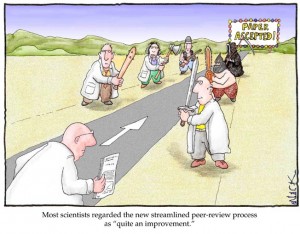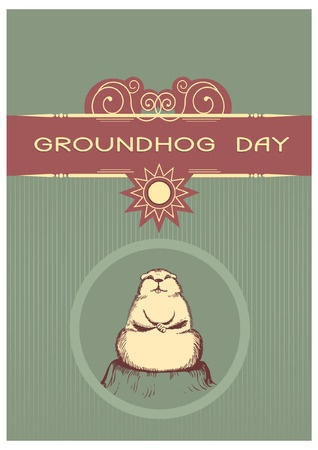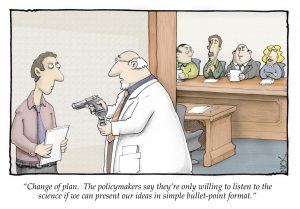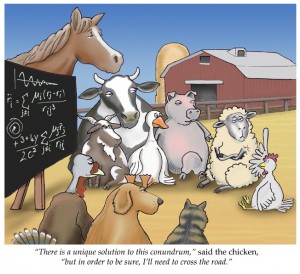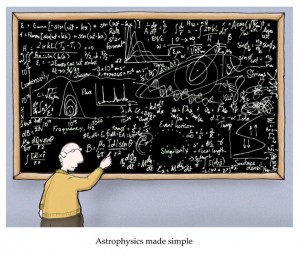 In the Research Funding Toolkit we explain that funding decisions depend on whether the case for support makes four propositions. It has to convince the reader that it is important, that it will be a success, that the team are compentent and that the grant will be value for money. We refer to the four propositions as importance, success, competence, and value for money. In the next few posts I want to deal with the four propositions in turn.
In the Research Funding Toolkit we explain that funding decisions depend on whether the case for support makes four propositions. It has to convince the reader that it is important, that it will be a success, that the team are compentent and that the grant will be value for money. We refer to the four propositions as importance, success, competence, and value for money. In the next few posts I want to deal with the four propositions in turn.
I begin with the importance proposition because it is where funding agencies begin. If a grant application doesn’t make the importance proposition, nothing else matters. It doesn’t get funded. Period. The other propositions will not even be considered.
As with so many writing problems, addressing the propositions is easier if you consider the reader’s perspective. There are three aspects to this.
- You can think of the reader as having questions in their head as they read your grant application. In the case of the importance proposition, the main question is “How important is this?”
- The reader’s definition of terms like “important” is not necessarily the same as your definition.
- The reader will want to formulate their own answer to their questions, rather than to accept your answers. They will not be impressed by an assertion that your proposed research is important, rather they will be looking for evidence.
So let’s consider how the readers of your grant application might define importance and how you answer the questions in their heads.
It’s a question of priorities.
Every funding agency has a distinctive mission, from which they derive a set of priorities. Large agencies often have such a complex mission that they will have a range of different schemes, each with a different set of priorities. The priorites are quite carefully defined and usually very well publicised. It’s helpful to separate those related to direct research outcomes from those related to indirect research outcomes.
Direct Research Outcomes
Most agencies set the highest priority on the kind of knowledge the research will produce. Academics tend to emphasise outcomes that contribute to knowledge and understanding. Most research funding agencies also set a high priority on outcomes that advance our understanding of the world from a particular set of subject perspectives. However, this is rarely the only, or even the highest, priority.
Agencies that get their funding from national governments often set a higher priority on outcomes that contribute to health, the economy and society. All the UK Research Councils now require you to list the non-academic beneficiaries of your research. When Amanda served on the BBSRC Animal Sciences Committee the Chair would often ask “How is this going to contribute to UK plc?”
Research charities can be very narrow in their focus. Many medical charities limit their interest to a single disease. This kind of focus can help charities to raise funds from public donations. Clarity about their priorities makes it easy for them to ask for money, as well as dispense it.
Endowed charities often have a very broad mission that reflects the intentions of their original benefactors, see for example the Leverhulme Trust, which supports research across all academic subjects.
As a rule of thumb, evidence about the importance of direct outcomes goes in the background to the case for support. This is the main purpose of the literature review and you should use it as a criterion for whether or not you cite a piece of literature there. You should cite the literature that makes it clear that the outcomes of your proposed project meet the priorities of the funder. When you do this it always helps if you can refer to the priorities in the funder’s own words by quoting from the guidelines for the scheme that you are targeting.
Indirect Research Outcomes
Many agencies have priorities that relate to consequences of doing research, rather than direct research outcomes. Training and career development are common priorities, which sometimes have their own schemes. See for example my post about the NIH K99/R00 scheme. Fellowship schemes and career development schemes, such as Marie Sklodowska-Curie, often prioritise the career development of individuals above direct research outcomes.
As a general rule, evidence about indirect outcomes is requested explicitly as part of the application. Most fellowship schemes will require statements from the host organisation to reassure them that the prospective Fellow will be supported, mentored and provided with appropriate facilities. The complex application forms for schemes like Horizon 2020 reflect the fact that European research funding has priorities connected with the development of a European research community that brings together international teams that span industry and academia.
In conclusion, if you want to make the importance proposition you should do two things.
- First, for every research outcome, ask yourself “Where in the background do I make it clear that this is important and what evidence do I cite?”
- Second, no matter how bizarre and irrelevant the requirements of the application form might seem to you, follow them to the letter.


